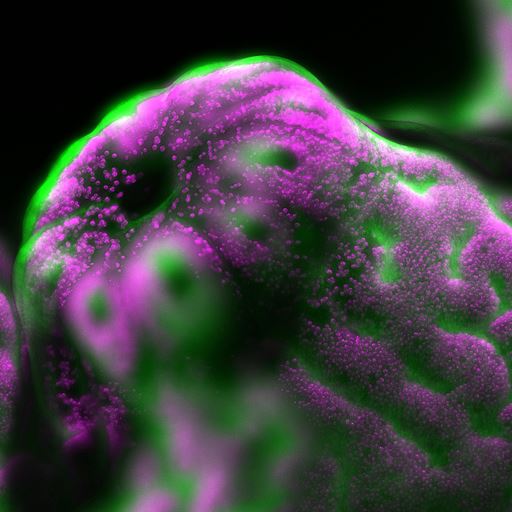Video wins prestigious Nikon Small World in Motion honour
-
Date
Mon 9 Dec 19

Dr Philippe Laissue has won first place in the Nikon Small World in Motion Competition, one of the world’s largest and most prestigious scientific video competitions.
Dr Laissue’s video beautifully captures the polyp of a coral as it slowly emerges in low light. Corals are made up of hundreds of polyps. Although corals are animals, they also contain photosynthetic algae (visible as small dots in the video) which live inside of them in a mutually beneficial relationship.
Corals form coral reefs, which are hugely important marine ecosystems. These intricate limestone structures the reef-building corals produce are home to over a quarter of all known marine species.
Coral reefs also support the economic and food requirements of around half a billion people, and are a reserve of pharmaceutical and biotechnological products. But climate change, pollution and other human-made problems are seriously threatening their existence. More than half of the world’s coral reefs are in severe decline, and all but the most remote reefs will be impacted in the next 50 years.
Staghorn corals, the particular type of coral Dr Laissue researches, are important reef builders, but do not like bright light. This makes them difficult subjects to film at high magnification. This led him to build a bespoke light-sheet fluorescence microscope that could take videos of the light-shy corals without affecting them.
Observing living biological samples in real time without disturbing them is an important aim in the world of microscopy. Dr Laissue worked with Cairn Research (UK) to convert the prototype into a commercial version, before becoming a Lecturer in bioimaging at our School of Life Sciences.
“Dimming the light has enabled me to show the coral’s dynamics close up, and illustrate the beauty and otherworldliness of these ancient organisms,” explained Dr Laissue. “At the same time, we can collect important information about what is happening on the cellular level when corals react to different environmental conditions. This helps us to better understand corals and their development, thus contributing to finding the best strategies to protect and conserve them.”
Dr Laissue hopes the award-winning video will raise awareness of the declining coral populations. “Corals are utterly fascinating organisms - part animal, part plant, part stone. I’m grateful to be able to show the public a little of their unseen world, and the Nikon Small World in Motion competition is the perfect platform for sharing - I regularly show videos from it in my lectures,” he added.
.jpg?mh=500&mw=500&hash=6568B6C9CCF5290A596BEF6678B6AD0E)



